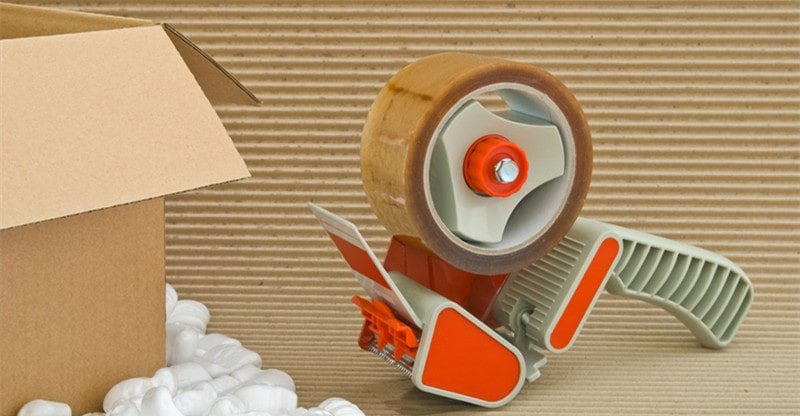6 Tips To Choose The Right Kind Of Packaging Materials For Businesses
Top-notch marketing, a well-known brand name, an exceptional design are all good, but if you fail to deliver industry-standard packaging everything else will be rendered useless. This is exactly why poor packaging can prove to be detrimental to your organization.
Further, packaging also greatly determines the success of your product. After all, there’s a reason why the global packaging industry is worth $424 billion.
If you are a budding entrepreneur, there are plenty of reasons why you should take the packaging of your products seriously. If you don’t know where to begin, below, we have rounded up a list of tips that will help you along the process.
1. Budget Comes First
Right packaging begins with a budget. While most people think the higher the budget, the better will be the packaging, it is not entirely true. If you consider high-budget packaging, it indirectly increases the cost of production further rising your prices.
So, the ideal option will be to achieve a balance between packaging which protects your products, cost-friendly, and also appears attractive to your clients and customers.
For instance, in recent times, recyclable packaging supplies have become extremely popular because not only is it affordable but also makes the people buying the product feel good as it is environment friendly.
2. Next Comes Design!
The designing of your package doesn’t just depend on the package but also what you are offering, that is, the product. Simply put, packaging should be done by keeping the final product in mind.
However, you need to make sure your packaging design is in alignment with the product, your brand name, and your brand message. Understand what your target audience wants or desires.
3. Transportation and Functionality
In today’s modern world, a customer-friendly design is not enough, if it fails to deliver functionality. This is essential for both the parties – your organization and your customers. You need a functional package, that is easy to move around for ease of transportation.
Also, if your product has long shelf lives, for instance, toothpaste or toothbrushes, the package should have prints that last long. Along with the design, remember that you don’t want to deliver damaged goods to your customers. So, make sure that you take the utmost care of your products’ security.
4. Explore Different Sizes
If you have only one product to offer, the packaging is comparatively easier. But when you have multiple products, you also need to consider different sizes depending on the products’ usability, demand, and shelf-lives.
Not only will this prove to be cost-effective but will also create a sense of similarity and consistency amidst your products.
While customers prefer small packaging that doesn’t occupy much space, it also widely depends on the products that you have to offer. You can also explore different sizes of your products to fulfill the demand of different quantities.
5. Draft Several Options
Now that you have a budget in mind along with a fair idea of your needs, don’t restrict yourself to just one design.
If you have hired a professional to do the design, make sure you have multiple options to choose from. Your final decision should be based on how well it can convey your brand message, along with all the above-mentioned factors.
6. Don’t Forget Sustainability
Sustainable packages are gaining popularity by the day. People are expecting your packages to be reusable and also recyclable.
Plus, since equally cost-effective and also allows you to fulfill your social responsibility, organizations are also adapting to it very fast. The idea is to use lightweight, recyclable materials.
Over to You…
Well, that was a lot. There are chances that you are so overwhelmed with so much information that you have started to feel lost. Don’t worry. We have a solution –
Get your packaging supplies from Awesome Pack. They pay close attention to all the aspects we discussed in this think piece and have repeatedly proven themselves in the packaging industry.



